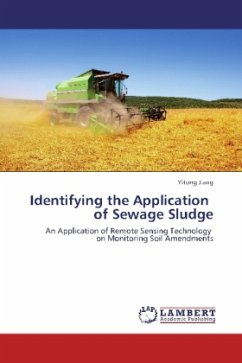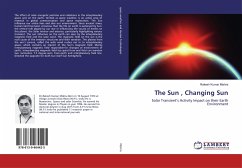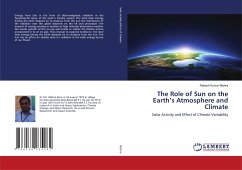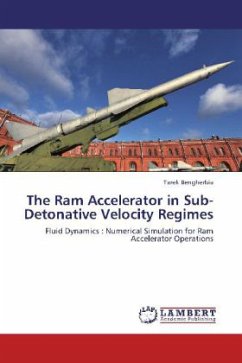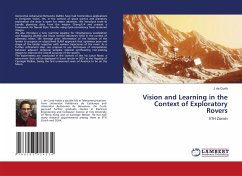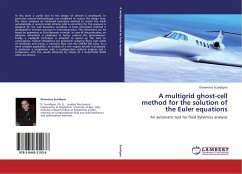Application of sewage sludge to agricultural fields is used by farmers to improve the soil conditions physically, chemically, and organically. However, the application has potential risk to public health and the environment, because the heavy metals, nutrients, and pathogens may be included in sewage sludge. The location of all applications of sewage sludge is not known because some records of application are missing. Remote sensing technology has been shown to be an effective way to detect surface application of soil amendment on agricultural fields for different times of the year over large areas. The main objective of this study is to determine if Landsat TM data can be used to identify the harvested agricultural fields that have had sewage sludge applied through injection.
Bitte wählen Sie Ihr Anliegen aus.
Rechnungen
Retourenschein anfordern
Bestellstatus
Storno

